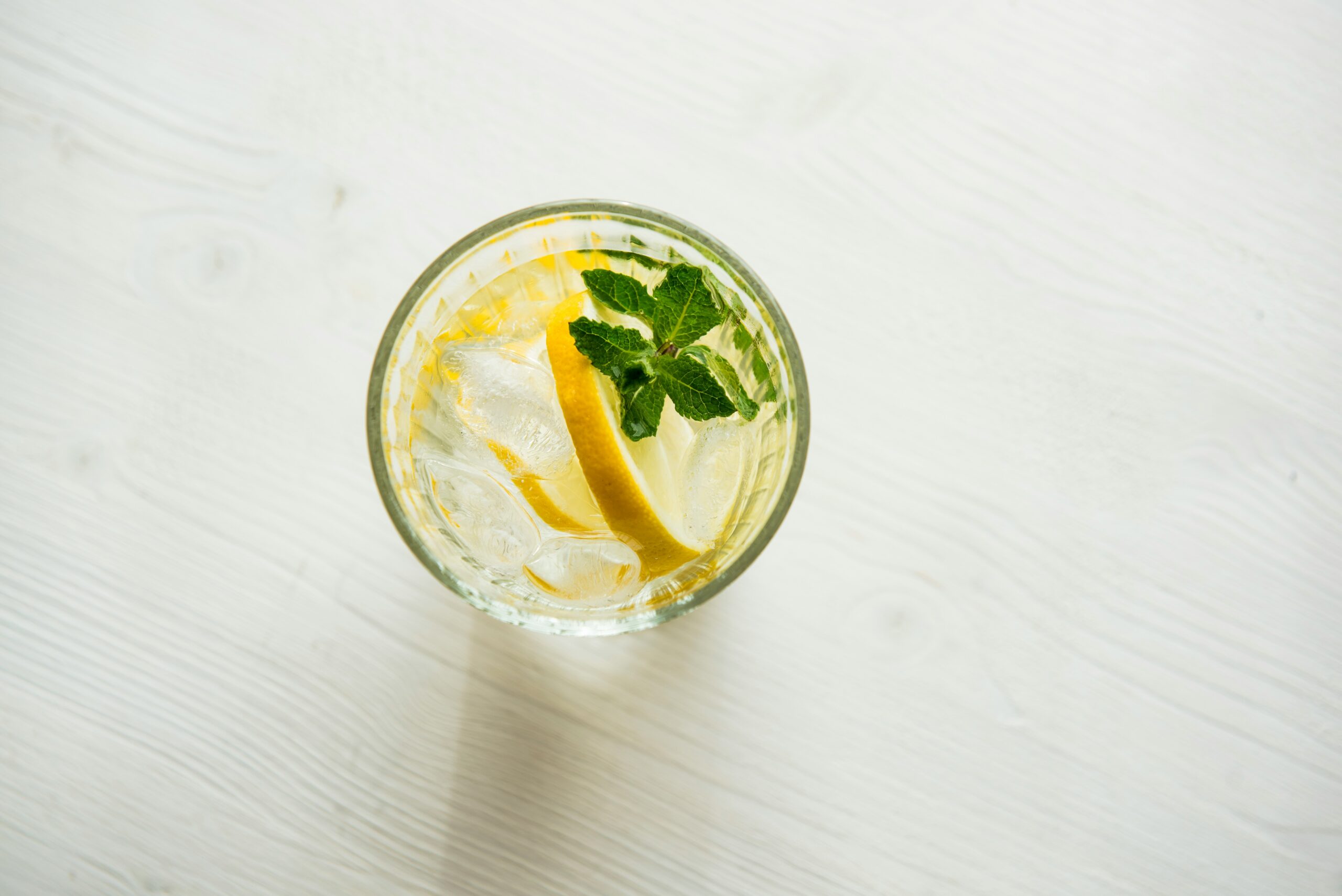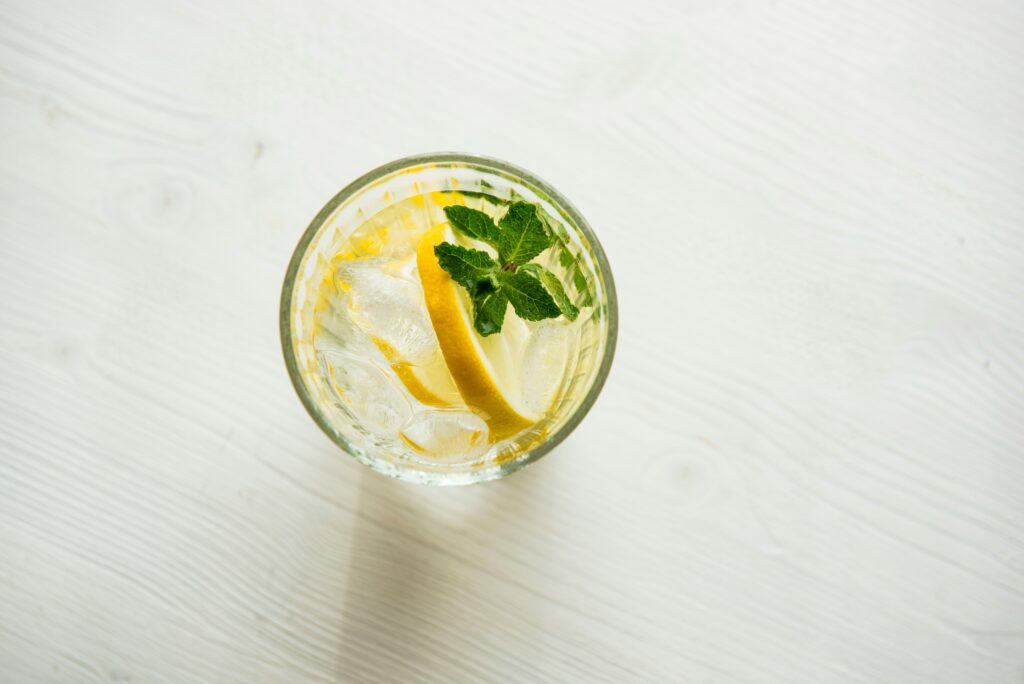
Menopause Incontinence – What Happens to Your Bladder In Menopause?
When you’re going through menopause and perimenopause, you may experience menopause incontinence.
Not everyone will suffer from female urinary incontinence, but if you do, there’s nothing to be ashamed of. Easy to say, I know. But find comfort in the fact that you are not alone.
So, let’s take a look at menopause incontinence – what it means, why it happens and what you can do about it.
Last Updated:
What is urinary incontinence?
So what is urinary incontinence? Put simply, it’s when you pass urine without meaning to.
While it can feel embarrassing, it’s actually very common. The NHS say that urinary incontinence is thought to affect millions of people.
There are different strands of urinary incontinence, which includes:
- Total incontinence
- Total incontinence is when your bladder simply can’t store any urine at all. This, in turn, can cause constant urine and/or frequent leaking.
- Stress incontinence
- Stress incontinence happens when your bladder is under pressure, causing leaks when you cough, sneeze or laugh, for example.
- Urgency incontinence
- Urgency incontinence is when you leak shortly after feeling a sudden and severe need to wee or swiftly afterwards
- Overflow incontinence
- Otherwise known as chronic urinary retention, overflow incontinence is when, while peeing, you can’t fully empty your bladder. This results in frequent leaking.
It is possible to have both stress and urge urinary incontinence at the same time, too.
Why does menopause incontinence happen?
So, with all the types of incontinence, where does that leave menopause incontinence?
Well, menopause incontinence is simply incontinence during menopause.
Certain conditions and events such as pregnancy and menopause will impact your urinary tract and the muscles surrounding it. That’s why women are far more likely to experience incontinence than men.
But why does menopause incontinence happen? Here’s a few reasons why you may be experiencing incontinence in menopause and perimenopause:
- Your bladder may have lost some elasticity, meaning you’ll need to pass urine more frequently.
- As your oestrogen levels decline, your urethra’s lining may thin.
- Your pelvic floor muscles may have weakened, which leads to the need to pee more often and a more challenging time holding it in (this applies too to faeces.)
- Vaginal dryness brings with it an increased risk of UTIs, which can lead to menopause incontinence.
- Weight gain, which is common in menopause and perimenopause, can put extra pressure on the pelvic floor muscles and weaken them. This results in having less control over your bladder and bowels.
1. Pelvic floor exercises (AKA: Kegels)
Strengthening your pelvic floor muscles will help you control your bladder and bowel. Plus, Kegels can improve sexual health and orgasms, too. Win win!
Just as you’d strengthen other muscles in your body by lifting weights, for example, Kegels will keep your pelvic muscles strong.
Seeing as your pelvic floor naturally weakens as you age, you should make some time to do Kegels every day.
How to do Kegels – step by step
How exactly do you do Kegels? Simply follow the steps:
- Find your pelvic floor muscles by laying on the floor with your knees bent
- Find your pelvic floor muscles by stopping the flow of wee when you’re on the toilet. Only do this once or twice to learn how it feels and to find your pelvic floor muscles, as doing so consistently can lead to infection.
- Another option is to insert a finger into the vagina and squeeze the muscles around your finger. This squeezing is performed by your pelvic floor muscles.
- Tighten your pelvic floor muscles upwards and inwards.
- This should feel like you’re holding the flow of your wee in.
- Keep your pelvic floor muscles tightened for 3 seconds.
- Relax your pelvic floor muscles for 3 seconds. This is your first complete Kegel.
- Repeat this until you’ve done 10 Kegels in total.
Once you’ve done it once or twice, you’ll get the hang of it and it becomes easier.
The best practice is to do your Kegel exercises once in the morning and once in the evening.
Remember, Kegels should never hurt. If your stomach, back or head hurts afterwards, there’s a good chance you’re holding your breath. Failing that, you may be clenching the wrong muscles.
2. Avoid caffeine and alcohol
Caffeine and alcohol worsens almost all menopause and perimenopause symptoms, including weight gain, hot flashes, night sweats and menopause incontinence.
Caffeine and alcohol actively irritates the bladder. Countless studies have linked caffeine to triggering or worsening urinary incontinence.
It can also contribute towards developing urinary tract infections due to caffeine’s dehydrating properties.
Alcohol, just like caffeine, dehydrates you – no matter how much of it you drink. It’s a diuretic, meaning it promotes water loss via urine.
Alcohol can also cause irritation to the urinary tract, including your bladder. This then can lead to inflammation, which can trigger difficulties when you wee, such as:
- Sudden urges to wee without warning
- Needing to wee more frequently than usual
- Discomfort or pain during urination
3. Tone down spicy foods
Just as spicy foods can make your tongue burn, it can do the same to your bladder. If you’re experiencing menopause incontinence, it’s best to leave the hot sauce for another day.
Spicy foods can cause irritation to your bladder’s lining and worsen existing menopause symptoms – including hot flashes and night sweats.
4. Maintain a healthy weight
Weight gain during perimenopause and menopause is a tricky one but – let’s bust a myth – it’s not fate and it absolutely can be avoided.
A study in 2020 which monitored 206 women in their early 30’s discovered that those who had a body fat percentage over 32% were a staggering 95% more likely to experience an overactive bladder than those who had a lower body fat percentage.
As weight gain is so common during perimenopause and menopause, it’s even more important to work on maintaining a healthy weight. Don’t follow certain weight loss trends like cutting out meals altogether, weight loss pills and calorie counting.
My Menopause Midsection Makeover has proven, time and time again, to help women in perimenopause and menopause rid the meno-belly (and keep it off.)
It’s not a trend. Instead, it uses your blood results to formulate a 100% bespoke weight loss strategy map to get you to your ideal weight and keep you there.
5. Quit smoking
If you smoke and experience menopause incontinence, now’s the time to quit.
I know it’s easier said than done, but working towards giving up will hugely help with bladder issues.
Not only does smoking cause the more known about side effects such as cancer (bladder, lung and kidney in particular) but it also can trigger or worsen incontinence and an overactive bladder (OAB).
Smoking will irritate the bladder and lead to the need to urinate more frequently. Plus, as the smoke causes coughing spasms, this can lead to urine leakage.
6. Stay hydrated
I know what you’re thinking. If I already need to pee a thousand times a day, how is drinking more going to help?
I understand the doubt. Let me explain.
Not drinking enough water (note: water, not coffee or alcohol!) will make your urine more concentrated.
If your urine is dark and concentrated, this can irritate your bladder and cause leaks to worsen, urgency to pee feel all the more urgent and sudden and actually make you need to wee far more frequently.
You should aim to drink 6 to 8 glasses of water per day.
Try infusing some fruits in your water, such as berries and citrus fruits.

Menopause incontinence – when to see a doctor
If you are experiencing bladder issues – whether that’s menopause incontinence or bladder problems at a different stage of life – you should never feel ashamed to speak with your doctor.
Menopause incontinence – in a nutshell
Make the changes in this article to improve menopause incontinence, such as drinking more water, avoiding caffeine, alcohol, smoking and spicy foods, maintain a healthy weight and do your pelvic floor exercises. However, it’s important to speak with a healthcare professional to get help at the same time.
Share this post with someone who needs it. Let’s all help one another out. Menopause can suck enough as it is – we don’t need bladder issues to deal with at the same time!
Leave a Reply
- free ebook alert -
WHAT TO EXPECT WHEN YOU’RE
going through the menopause
Demystify your understanding of what’s happening to you. Arm yourself with solid, game-changing information to support you through this challenging phase of your life.
grab your copy now →
WHAT TO EXPECT WHEN YOU’RE
going through the menopause